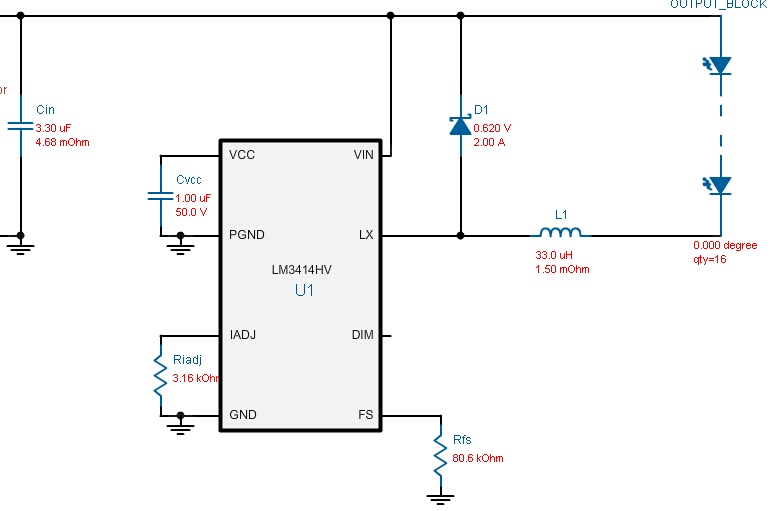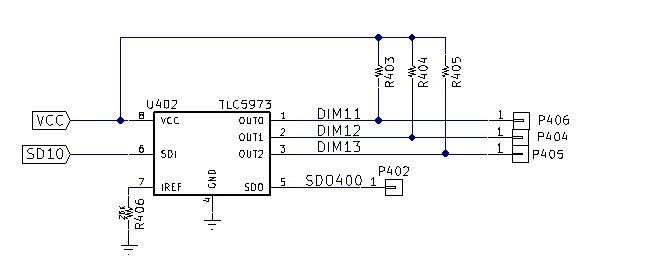My question is, how can I control multiple tiny PWM capable controllers, like this https://www.sparkfun.com/products/retired/8897, with one "master" MCU for the purpose of controlling LED arrays?
This is where I came upon the idea: Microcontroller with lots of PWM outputs
I'm an aspiring biologist attempting to construct an LED device which I can use for photosynthesis research. The device will be a series of containers with LEDs embedded in the lids. It's based off of this paper.
They don't provide much in the way of a how to, so I'm attempting to sort of reverse engineer the device.
Individual LEDs are typically somewhat variable in wavelength and intensity output at a given current. I will be testing the wavelength and intensity outputs for each diode and each array and adjusting the PWM and possibly the current in order to have several containers all with lids producing the same, or close to, spectral power distribution and total light intensity. My thought is to have one of the tiny controllers in each container lid and a master arduino or other such MCU to which I can upload any changes in spectrum or intensity I'd like to make. This seems like a great setup due to the flexibility of being able to add additional lids/tiny controllers and being able to change the spectrum and intensity for future experiments.




